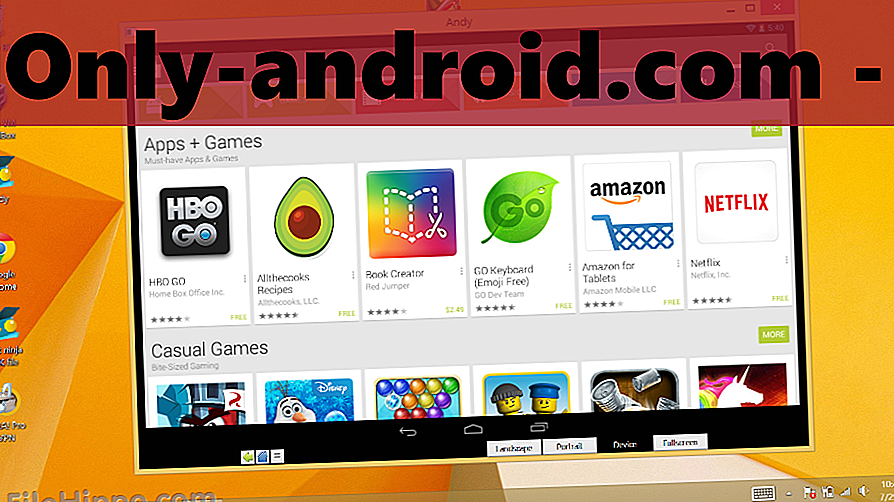
- CUDA EMULATOR FOR MAC HOW TO
- CUDA EMULATOR FOR MAC INSTALL
- CUDA EMULATOR FOR MAC PRO
- CUDA EMULATOR FOR MAC PASSWORD
…or disable eGPU rendering on an app-by-app basis.Īlternatively, advanced users can bypass the menu interface and execute direct command line options. The final two options allow you to disable global app rendering… Again, you’ll need to enter the exact name of the application. The third option allows users to confirm the status of a particular application on your Mac. After selecting option 2, you’ll be prompted to enter the exact name of the application (as shown in Launchpad) that you wish to accelerate. The second option, one that I primarily use, allows you to target specific applications to prefer eGPU. The first option is a global option, which allows you to set all installed applications in /Applications to prefer eGPU rendering. From there you will be presented with an easy-to-use interface for selecting the various options related to GPU rendering. To run set-eGPU, simply type set-eGPU in a Terminal window and press Return on your keyboard.
CUDA EMULATOR FOR MAC PASSWORD
Note that the installation script is a one time only thing, so you will only need to enter it and input your administrator password for this step alone. Step 4: Press Return on your keyboard and enter your administrator password.
CUDA EMULATOR FOR MAC INSTALL
If you prefer, you can always download the script and install it manually. Step 3: Copy and paste the following into the Terminal to install the script:Ĭurl -s "" | grep '"browser_download_url":' | sed -E 's/.*"(+)".*/\1/' | xargs curl -L -s -0 > set-eGPU.sh & chmod +x set-eGPU.sh &. Step 2: Open a Terminal window via Applications → Utilities → Terminal.

Subscribe to 9to5Mac on YouTube for more videos While set-eGPU works on macOS 10.14 Mojave, users may encounter some bugs, which is to be expected considering Mojave is in beta. Step 1: The first thing you’ll need to do is connect an eGPU to your Thunderbolt 3-enabled Mac running macOS 10.13.4 or later. Secondly, the script is simple, and you don’t have to do anything weird like disabling SIP in order to use it.Īll testing was performed with my base model 2017 13-inch MacBook Pro.
CUDA EMULATOR FOR MAC HOW TO
How to install set-eGPU on your Macįirst and foremost, set-eGPU is an open source script by mayankk2308, so you’re free to peruse the code to see exactly what it’s doing. Watch our hands-on video walkthrough for the details.
CUDA EMULATOR FOR MAC PRO
With this script you can now force eGPU rendering for many of your installed apps without an external display.Īs you might expect, one of the first apps that I tested was Final Cut Pro X, and the results are encouraging. A primary benefit is that it allows an external GPU to render installed applications and present them on your Mac’s built-in display. In other words, this script uses tools already baked into the latest versions of macOS to give the end user more control over eGPU usage.

The script overrides plist values assigned to GPUSelectionPolicy, available in macOS 10.13.4 and later, for installed apps dynamically. Unfortunately, the ability to render apps via an eGPU while being displayed on your Mac’s built-in screen, possible via developer app updates, is quite rare.Ī recently released script called set-eGPU, from eGPU.io alumnus gives users more control over GPU rendering. With macOS 10.13.4’s support for external graphics, Apple is officially allowing users to supplement their Macs with an eGPU like the Sonnet eGFX Breakaway Box.


 0 kommentar(er)
0 kommentar(er)
